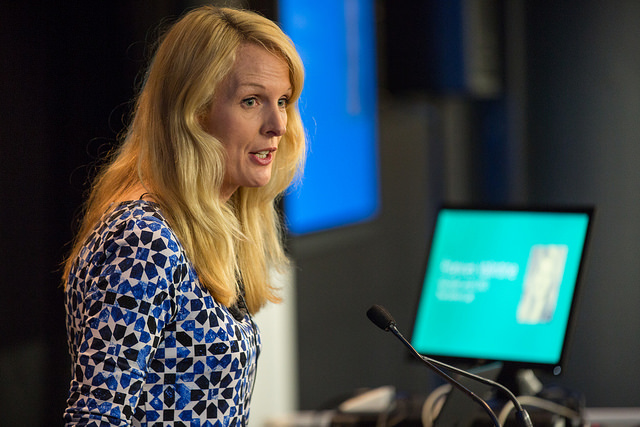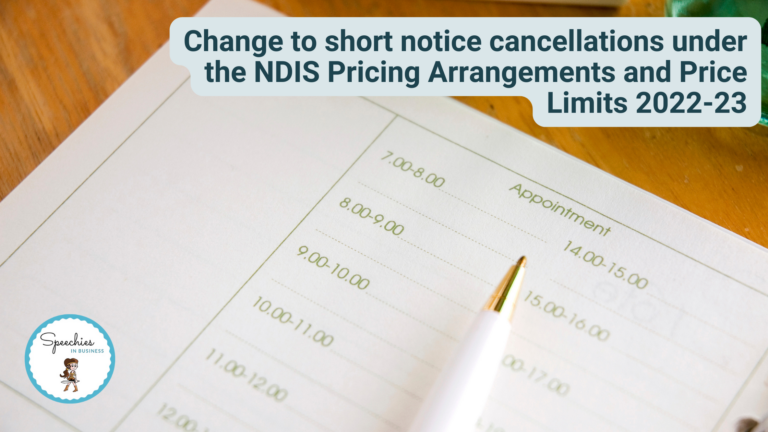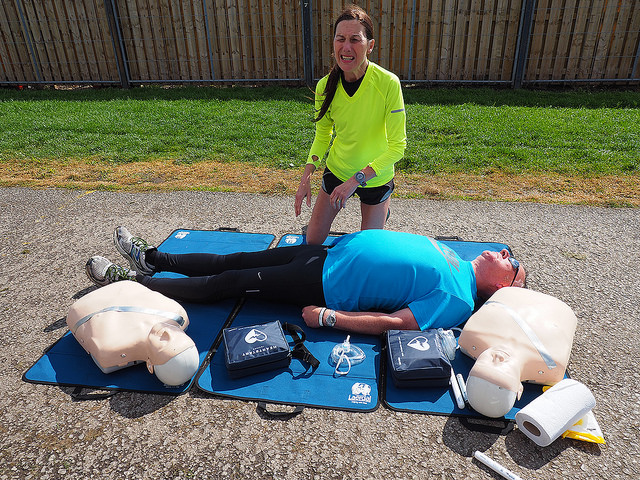29 tips to Turn Pro and improve your private practice – Part 2
So, having implemented each of the professional private practice habits discussed in Part 1, it’s now time to step it up a gear!
So here are nine more habits to improve the professionalism of your private practice. Again, these are based on Steven Pressfield‘s excellent tome, with practical examples of what I have done to acquire them in my own private practice:
12. The professional does not show off.
Remember that kid at school who did well in exams but always claimed she didn’t study? No-one likes (or believes) that kid!
Despite what Facebook suggests, being a professional isn’t about telling the world how wonderful you are and broadcasting every success with an inspirational quote. It’s about being honest. Doing what you say you will do. Admitting what you don’t know. And owning up to the fact that keeping your head above water takes lots of hard work, often attending to thankless compliance tasks, over a long period of time.
Opening my clinic wasn’t the effortless, well-orchestrated product of a genius mind in a state of mindful bliss. It was the sometimes chaotic product of a caffeine-stimulated mania bordering at times on obsession, with lots of late nights and weekends beavering away on a project many thought was doomed to failure. If I hadn’t “studied” – my target clients, my business model, my own strengths and limitations – there is no way I could have opened my doors, much less kept them open. It would be misleading to others looking to open a private practice to pretend otherwise. Sharing failures and lessons learned is at least as important as celebrating success. And more human too.
13. The professional dedicates herself to mastering technique.
I invest thousands of dollars a year in training, even at the expense of paying myself a wage. And I spend countless hours a year reflecting on clinical limitations and planning how best to combat and overcome them.
The moment you think you know everything is the moment you are most likely to make a catastrophic error in treatment or business (or both). Treat your profession as a master-craft rooted in science. Invest in continuous quality improvement. Never get complacent.
14. The professional does not hesitate to ask for help.
Some people collect cars. Others, novelty plush toys. I collect mentors.
I’m a bit like that insufferable baby bird in the children’s classic “Are You My Mother?”
“Will You Be My Mentor?
We all stand on the shoulders of giants. I have a mentor for pediatric issues, a mentor for adults and a mentor for business issues. I have a mentor with 35 years experience, and another who started out with me. I have a mentor in private practice, and another in community health. Being professional is knowing your scope of competent practice, when to refer on, when you need a reality check, and when you need urgent back up. Asking for help to meet your client’s health needs is a sign of strength, not weakness.
15. The professional does not take success or failure personally.
Despite all the practice I’ve had over the years, I’m still not good at losing with grace or dignity.
We all celebrate our triumphs and curse our set backs – that’s human nature. But we we can’t always control what happens. All we can control is our approach and our actions – not the consequences of our actions (good or bad). Our attitude to being professional, and the actions we take each day to pursue our goals and help our clients, is the true measure of our success. The countless tragedies – large and small – endured by millions around the world every day shows that our ultimate success or failure in business and life is not fully ours to decide (despite what some self-help books proclaim).
16. The professional does not identify with his or her instrument.
We are not merely the sum total of our gifts and weaknesses. We need to know our strengths and limitations before we set out to pursue our life’s work. But we shouldn’t confuse a talent we were born with, with what matters – being a good person and using our skills to do our work professionally.
For as long as I can remember, I’ve been good with words. But, for almost two decades, I did little with this talent but draft legal documents and give advice to big companies. I was good at it, and comfortable. But it wasn’t enough. So I pushed myself out of my comfort zone. Retrained. Wrote a novel for young adults in my spare time. Penned speeches for a social justice charity. Wrote something meaningful and of service every day. Eventually, I launched my clinic’s weekly blog to inform families about important communication issues and research. But, regrets? I have more than a few! I could have done so much more if I’d started 15 or even 5 years earlier. It’s a mistake I won’t make again with Speechies in Business.
17. The professional endures adversity.
Computers crash. People you trust let you down. Competitors move in to your “territory”. Backs give in. Regulations change. You can’t insure against every risk and potentially bad event.
There were a number of times early on when I was tempted to throw in the towel and go back to a safe, well-paying job. But I knew, deep down, I would come to hate the job. Even worse, I knew I would come to hate myself for taking it.
Sometimes being professional means just hanging in there – getting through one more week or even day before admitting defeat and pivoting your business strategy. Other times, it means accepting you’ve made a mistake, swallowing your pride and ceasing to dig that hole you’ve made for yourself. Only the (smug) god of hindsight can tell you whether you’ve made the right decision in a particular case. But you shouldn’t give up on your dream, even if it gets a little soiled by the slings and arrows of outrageous fortune.
Too many people give up right on the brink of success. Hang tough!
18. The professional self-validates.
It’s hard to ignore the opinion of others; and you should always seek feedback from clients. But what you think of your practice is just as important. Even if the client is happy, have you done a great job to the best of your abilities? The professional answers this question objectively. If the answer is “no”, the professional redoubles his or her efforts and comes back the next day and does better.
Sometimes, we all need a demanding client to bring our A-game. Sometimes, that demanding client needs to be us.
19. The professional reinvents herself.
Don’t be a one-trick pony. Don’t lock yourself in a “specialist” box, seeing only one sub-type of client day in, day out. Although you will think you are developing depth of expertise “one inch wide, and one mile deep”, you will be blind to developments in other areas of practice that may revolutionise your “core practice”. Don’t forget: many children with communication difficulties grow up into adults with communication difficulties; adults with communication problems were all once children; and most of our clients have more than one communication need.
One of the main reasons I chose to work with both children and adults is the amount I learn working with one group that can be transferred or applied to the other. This has allowed me to develop skills in all sorts of areas in which I never intended to practice.
20. The professional is recognised by other professionals.
This isn’t about anything as superficial as following, friending and linking in speech pathologists and other professionals on social media. Nor is it about handing out cards at conferences and networking events. Instead, it’s about doing good work and being recognised for being a true professional by people who have first-hand knowledge of your practice, work product and treatment outcomes.
One of the key ways I do this in practice is to produce quality assessment reports. Although they take much longer to write than “cookie-cutter” or fill-in-the-box reports, the decision to do them has been vindicated by positive client feedback and by the number of new clients referred to me by existing clients and health and education professionals on the basis of my assessment process and reports.
So, we’re on the home straight. Just nine more professional habits to go, with practical tips to acquire them.
We hope this instalment has given you a good idea or two to plan (or improve) your practice. Join us again soon for Part 3 of 3. And, as always, feel free to leave your comments below!
Main source: Steven Pressfield (2012). Turning Pro: Tap into your Inner Power and Create Your Life’s Work. Black Irish Books, NY, NY.
Image: https://bit.ly/1dG1eLA








